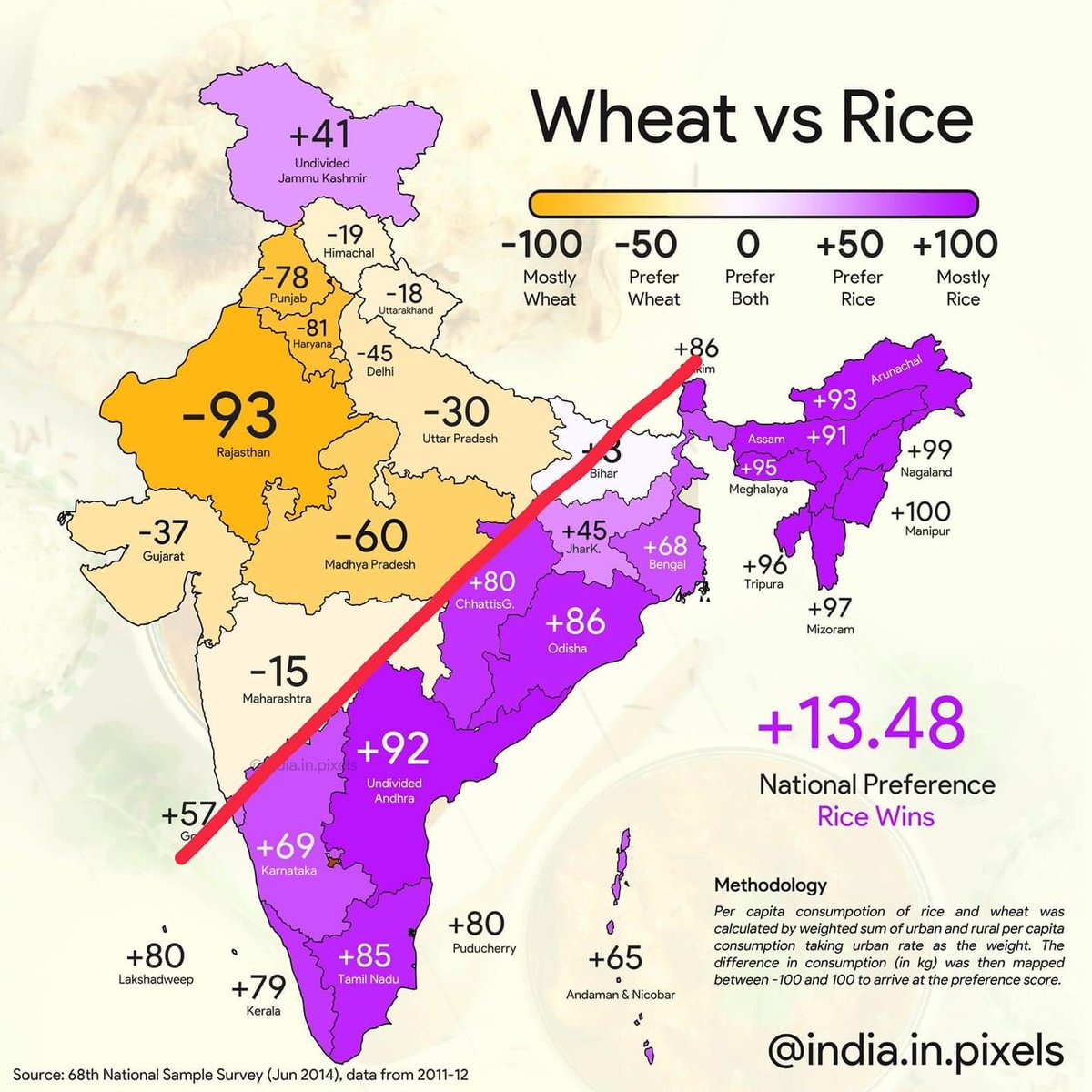
1/10 In this special issue of Food, Culture & Society (Feb 2021) we take the long-view on street vending in global cities from Tokyo, Seoul, Singapore, Bangkok, New Delhi, Milan, Mexico City, New York to LA. 10 articles. Abstract. In library databases.
tandfonline.com/doi/full/10.10…
tandfonline.com/doi/full/10.10…
2/10 Jayeeta Sharma provides a sonic history of the banning of street cries from Beijing to Boston through the 19th century, while highlighting how writers and tourist-bureaus churned out sentimental postcards and coffee table books about the protagonists. tandfonline.com/doi/abs/10.108…
3/10 James Farrer investigates the continuing importance of the street as a convivial space even in cities of the global north where food and drinks have been driven indoors in the wake of affluence and welfare regulation. tandfonline.com/doi/abs/10.108…
4/10 Joel Dickau, Jeffrey M. Pilcher, and Samantha K. Young map the provisioning of Toronto. They argue that while the regulations were intended to assimilate migrants into an idealized Anglo city, newcomers actively shaped Toronto’s foodways. tandfonline.com/doi/abs/10.108…
5/10 Daniel Bender shows how the dispute over the use of streets in Singapore in the colonial and later postcolonial city boiled down to the common sauce pot. Until the 1970s, satay diners dipped individual skewers into a large shared pot of satay sauce. tandfonline.com/doi/abs/10.108…
6/10 Ji-Song Ku, Kim and Yu illustrate how tented food stalls (pojangmacha) in Seoul have come to intersect w/ changing nature of Korean masculinity. Hallyu is driving Chinese tourism that is shifting the gender and ethnic geography of Korean streets. tandfonline.com/doi/abs/10.108…
7/10 Street vending may be vanishing in some parts of the world that have climbed the global hierarchy of capital accumulation over the last fifty years but they remain an essential part of the urban infrastructure in Mexico, argues Tiana Bakic Hayden. tandfonline.com/doi/abs/10.108…
8/10 In “Eating on the Go in Italy,” Fabio Parasecoli grapples with how mobile gentrification influences streets as he presses on the cultural coolness of the Anglophone “street food” in contrast to the traditional cibo di strada. tandfonline.com/doi/abs/10.108…
9/10 Taking the case of Jay Fay, the first Michelin-starred street vendor in Bangkok, consecrated both by the King and Thai Airways, Trude Renwick examines how street-vending relates to the changing rhetoric of nation-building in Bangkok. tandfonline.com/doi/abs/10.108…
10/10 Amita Baviskar illuminates how street vendors in New Delhi maneuver to survive in an inhospitable city connecting markets to migrants, and migrants to middle-class social media connoisseurs. tandfonline.com/doi/abs/10.108…
Our comparative/historical work engaged w/ advocacy at the local level. After a 7yr campaign, 38 years of an underground market that hurt immigrant/working class communities, NYC Council passed #Intro1116 that brings necessary relief. @ValeRicciulli curbed.com/2021/02/nyc-st…
• • •
Missing some Tweet in this thread? You can try to
force a refresh




